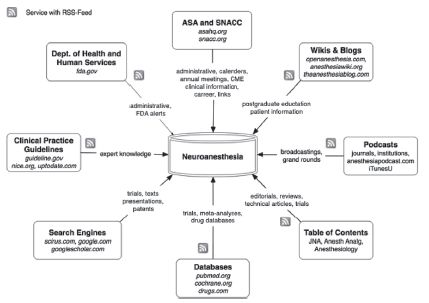FIGURE 27.1 Before searching, you have to ask the right question. A background question asks for general knowledge that best can be answered by a classical textbook. In contrast, a foreground question usually requires a specific evidence-based medicine search.
A. Background questions ask for general information and can be best answered by textbooks, handbooks, and certain databases such as uptodate.com and pharmacopeia.com. Note that general textbooks, in contrast to the Internet, are very often the best option to find general information. For example, the question “Effects of sevoflurane on cerebral blood flow and metabolism?” is most quickly looked up in a classical textbook. Today many printed books are available as electronic textbooks and may be accessible in academic institutions. Pubmed.org can be useful for quickly finding reviews, for example, “pathophysiology of secondary brain damage after traumatic brain injury.” Please also access collections of classical papers. The following textbooks are recommended for the search of background questions in neuroanesthesia: (1) Cottrell/Smith: Anesthesia and Neurosurgery; (2) Miller: Miller’s Anesthesia, section on Neurosurgical Anesthesia; (3) Cottrell/ Young: Cottrell and Young’s Neuroanesthesia: Expert Consult; and (4) Gupta/Gelb: Essentials of Neuroanesthesia and Neurointensive Care.
B. Foreground questions ask for detailed knowledge aimed at finding relationships among a patient, a condition, an exposure, or an outcome (Fig. 27.2). Practitioners of evidence-based medicine often use the PICO(M) structure to outline foreground questions where P = patient/population/problem; I = intervention/risk factor/exposure; C = comparison/control; O = outcome; M = method. For example: “Do statins in comparison to magnesium improve the rate of ischemic events in young subjects after traumatic brain injury?” This question may be answered by searching for evidence in prefiltered resources, such as clinical practice guidelines (guideline.gov; tripdatabase.com) or databases (thecochranelibrary.com). Visit the Center for Evidence-Based Medicine (cebm.net) for a description of the strength of evidence (systematic reviews or meta-analyses > randomized control trials > cohort studies > cross-sectional studies > case reports or case studies). Often is it very helpful to ask the medical librarian who has the professional expertise to frame and answer extensive foreground questions.

FIGURE 27.2 Online services for information retrieval. ASA, American Society of Anesthesiologists; SNACC, Society for Neuroscience in Anesthesiology and Critical Care; FDA, Food and Drug Administration.
II. SOCIETIES AND INSTITUTIONS
In addition to other specialty organizations (e.g., American Academy of Neurology, American Association of Neurological Surgeons, Society of Critical Care Medicine), the American Society of Anesthesiologists (ASA) and Society for Neuroscience in Anesthesiology and Critical Care (SNACC) host comprehensive online resources for neuroanesthesiologists and neurointensivists including administrative information, updated bibliographies, continuous medical information, clinical information, career information, links, and more.
III. MEDICAL SEARCH ENGINES
A. Google. Implemented in 1996, Google is by far the most widely used, largest, and fastest free search engine in the world and is an acceptable search engine for common and rare medical conditions. Google provides very global searches and returns articles from the lay press, medical journals, magazines, and organizations. In 2008, Google developed Google Health in response to the fact that 25% of all Internet searches are health related. Successful searching depends on the following general advice: (1) search terms are not case sensitive; (2) enter most important term first; (3) quotation marks define conjoined words; (4) operator * (asterisk) may be used as a placeholder; (5) operators AND or OR specify search; (6) include (+) or exclude (“12) terms. Note that Google provides helpful tips on how to search most effectively using their service.
B. Google Scholar
Stay updated, free articles. Join our Telegram channel

Full access? Get Clinical Tree






